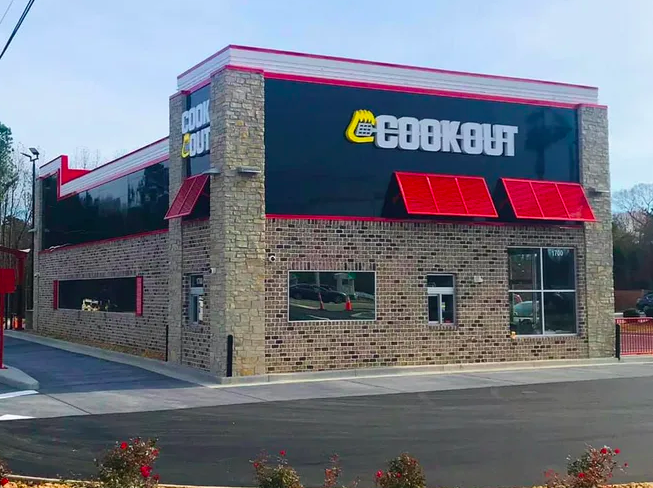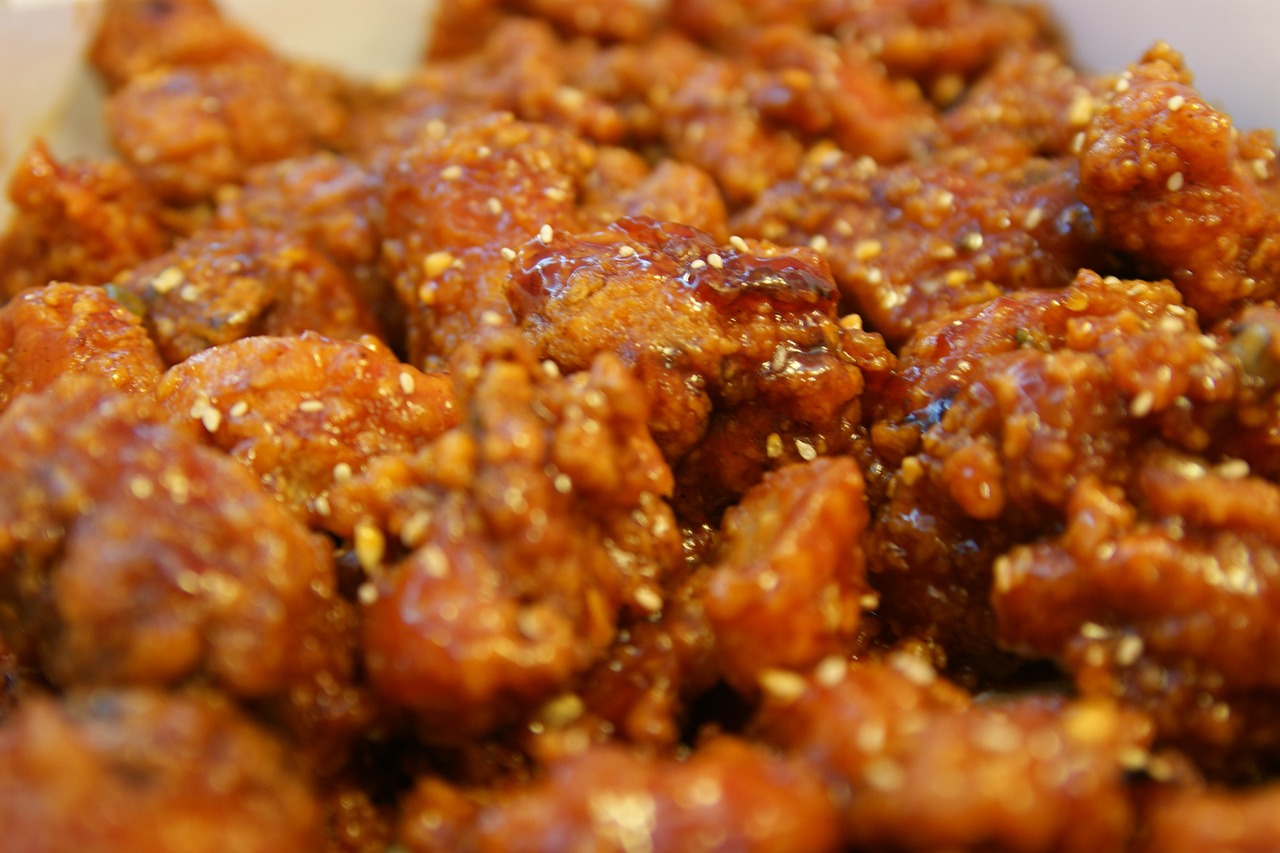Managing food costs can be a game of hide and seek. Sometimes you know what you’re spending, and other times you have no idea. The key is that you cannot ignore it. After all, food cost represents around a third of your food truck’s success. So how do you master the food costing game? Sometimes it’s the little things that can make a big difference, such as digging into the details. In fact, we’ve found a few hidden food costs that contribute to your overall food costs.
Hidden Food Costs Vendors Need To Understand
Transportation
Did you know the food your food truck serves has to travel an average of 1,500 miles to get from the farm to your customers hands? That means that shipping & handling is a big chunk of what you pay for your menu ingredients. So when transportation costs increase so do your food costs.
The solution? Managing this reality can be difficult, but it’s possible. When you build your food truck menu, think about offering dishes that use seasonal ingredients. Seasonal ingredient prices will typically drop during the specific season they’re available. This allows you to save more money.
Another way to combat this food cost is buying in bulk. Stock up on staple menu ingredients like rice or flour. Make sure that the items you buy in bulk last a long time. The beauty in this approach to battling hidden food costs is that you can usually get a discount for buying them in bulk.
RELATED: What Is The Farm To Food Truck Concept?
Hidden Ingredient Cost
In most food trucks there are some ingredients that are used frequently, represent considerable costs and are generally ignored by vendors. These ingredients can generate serious food cost issues. Typical examples of problem products include deep-fryer shortening, salad oil, sour cream, breading, crackers and cooking butter, but they will vary depending on your menu.
As a rule of thumb, track any ingredient that represents more than 0.3% of the cost of food sold if it is not directly related to a single entree, dessert or beverage you make.
RELATED: Controlling Your Food Truck Food Cost
Demand-based Production
Lowering your food truck’s food waste has many benefits, including lowering your overall food costs. Reduce hidden food costs associated with overproduction by forecasting your food production schedule based on sales forecasts and historical consumption patterns.
You can get as detailed as you want. Build custom production schedules by hour, shift, day, week, or by prep station, and adjust plans daily and intra-day, based on traffic and consumption.
The Bottom Line
Implementing these tips aren’t too complicated. By tracking transportation costs, ingredient use and food waste every day, a food truck can take major strides towards cutting the high price of hidden food costs.
Do you find these tips for managing hidden food costs helpful? Share your thoughts on this topic in the comment section or social media. Facebook | Twitter




